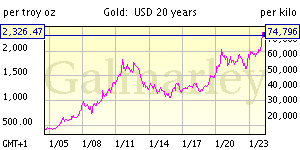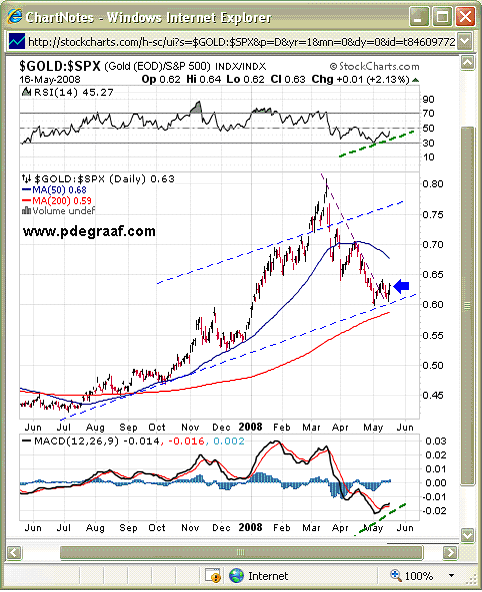
Short-term traders or investors may also use charts to try to identify trends in the gold price in order to try to take advantage of them. Short-term traders or investors may examine price data on shorter timeframes, looking for areas of support to buy at and areas of resistance to sell at. For those looking to actively trade gold, rather than invest for the long-term, price charts are an absolute necessity. Gold price charts can be useful in several ways. You can also look at numerous timeframes from 10 minute bars to charts that depict the last 30 years of price action. The current price of gold can be viewed by the ounce, gram or kilo. This page features a live, interactive gold price chart. When you return to the cookie will be retrieved from your machine and the values placed into the calculator.Ī range of other useful gold and silver calculators can be found on our Calculators page Pressing the button will place a cookie on your machine containing the information you entered into the Holdings Calculator. If your browser is configured to accept Cookies you will see a button at the bottom of the Holdings Calculator. The spot price of Gold per Troy Ounce and the date and time of the price is shown below the calculator. Totals for Gold and Silver holdings including the ratio percent of gold versus silver will be calculated.

The Current and Future Gain/Loss will be calculated. Optionally enter number amounts for Purchase Price and/or Future Value per unit of weight chosen. The Current Value for the amount entered is shown. The current price per unit of weight and currency will be displayed on the right. If you wish to select a currency other than USD for the Silver holdings calculator. NOTE: You must select a currency for gold first, even if you don't enter a value for gold holdings. Select Ounce, Gram or Kilogram for the weight. government fixed the ratio at 15:1 with the Coinage Act of 1792.The Holdings Calculator permits you to calculate the current value of your gold and silver.Įnter a number Amount in the left text field. The Roman Empire officially set the ratio at 12:1 and The U.S. For hundreds of years the ratio was often set by governments for purposes of monetary stability and was fairly steady. Therefore, shifts in industrial demand can impact the price of silver and, subsequently, the gold-to-silver ratio. Furthermore, Silver has various industrial applications, including in electronics, solar panels, and medical equipment. However, gold has traditionally been favored as a store of value and a hedge against inflation, leading to its higher demand and higher price relative to silver.

Both gold and silver are considered precious metals and are often sought after as safe-haven investments during times of economic uncertainty. The gold-to-silver ratio is influenced by several factors. Conversely, a lower ratio indicates that silver is relatively more expensive compared to gold, suggesting a potential opportunity for gold to outperform silver.

A higher gold-to-silver ratio suggests that gold is relatively more expensive compared to silver, indicating a potential opportunity for silver to outperform gold in terms of price appreciation. Historically, the ratio has varied significantly over time, with different ranges considered favorable for either gold or silver investments. It can provide insights into market trends and potential investment opportunities. The gold-to-silver ratio is primarily used as a tool by investors and traders to evaluate the relative value between gold and silver. The resulting ratio indicates how many ounces of silver are needed to purchase one ounce of gold. It is calculated by dividing the current market price of gold per ounce by the current market price of silver per ounce. The gold-to-silver ratio is a financial metric that compares the price of gold to the price of silver.


 0 kommentar(er)
0 kommentar(er)
